(Written by Geneva – gid617)
In this series we are going over a few basic LEGO techniques and ideas for building a good LEGO MOC (My-Own-Creation). I’ll be taking examples from several LEGO builders to give you a good idea of different styles and possibilities of the techniques covered, though unless otherwise specified, the examples are mine. We’ve already covered LEGO Bases & Borders, LEGO Landscaping, Customizing Your Minifigures, LEGO Buildings & Vehicles, Picture Perfect Scenes and LEGO Micro-Scale Building. In this last article we’ll cover something of a “catch all” category – shapes and mosaics! 🙂
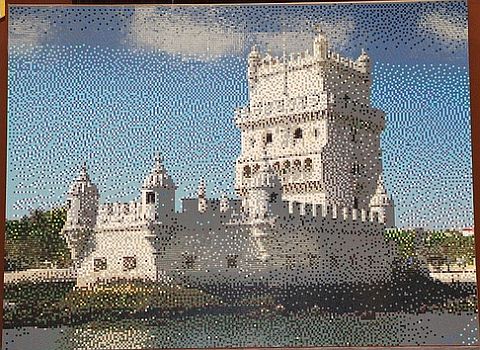
Before we get too far ahead of ourselves, let’s clarify the somewhat ambiguous term LEGO shapes. When I say LEGO shapes in general I refer to LEGO creations where the focus is on the shape of the final LEGO model, using few LEGO elements. This could include geometrical shapes, LEGO sculptures and even 3D mosaics. The mosaic above was built by a Portuguese LUG (LEGO User Group) Comunidade 0937, and below is a good example by Jeff Sanders of what I mean by LEGO shape.
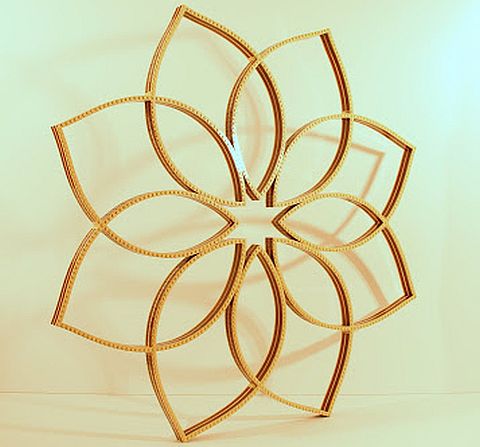
➡ ARTICSTIC LEGO SHAPES: Shapes can be created with simple LEGO bricks and plates – as in the example above – with remarkable effectiveness. The larger the size of the LEGO model, the more detail can be included, as the relative size of a LEGO bricks decreases. And you can also include a few specialized pieces to add detail, while keeping the size of the model down. Using rectangular LEGO bricks to create large figures is another technique that falls into this category. The example below by BrickBucki is a very cute demonstration. You also see LEGO sculptures made this way by LEGO designers for display purposes.
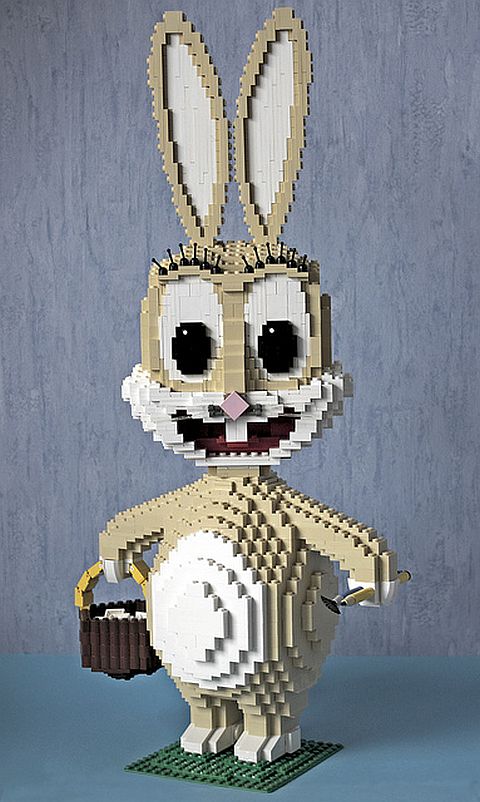
Other unique LEGO shapes can be created using more specialized LEGO elements. If you turn a LEGO piece around or look at it from different angles you might get ideas on unique ways to use it. Stacking LEGO pieces can also help discover valuable new techniques. Beneath is an interesting shape by Carson Hart.
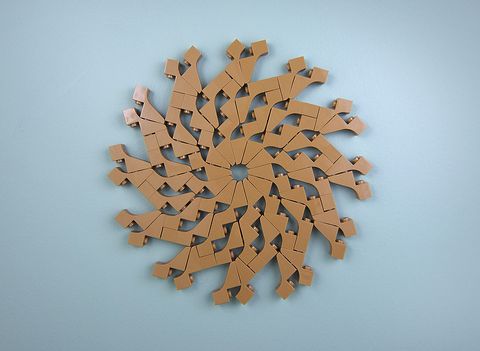
The key in LEGO shape building is to think “outside the box”. Don’t let the traditional LEGO diorama or LEGO vignette limit your creativity! Pick a LEGO piece you have a good quantity of and see what unusual ways you can use it. Or explore using common LEGO pieces in interesting ways. Symmetry is an important part in building LEGO shapes!
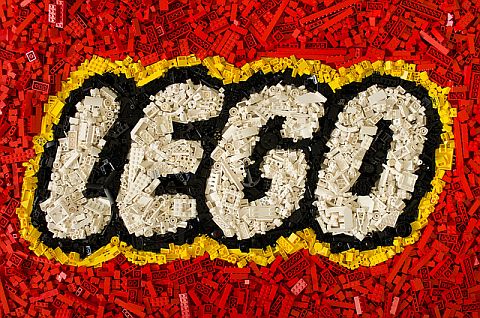
➡ LEGO MOSAICS AND MOSAIC-LIKE DESIGNS: There are several unique and useful techniques for building LEGO mosaics. One of the simpler ways is to use 1×1 (one stud) bricks or plates on a baseplate. Getting the right shades of color can be tough, but the larger you build the more precise you can be. Think of the pieces as pixels of an image. There is also software to help you with this type of LEGO mosaic building. We have explored basic mosaic techniques and tools you can use in the LEGO Mosaics section. Another way of building LEGO mosaics is simply scattering LEGO bricks into a design, as in the above example by tikitikitembo. And you can also use SNOT (Studs-Not-On-Top) building, particularly with LEGO cheese-slopes. Since cheese-slopes have no studs, this type of mosaic (or stained-glass window) is simply held together by a frame and can be quite delicate with pieces falling out. However you can make them quite sturdy if you place the pieces just right – but this requires a lot of patience and trial and error. LEGO mosaics can also be incorporated into larger LEGO creations, as in the example below by eilonwy77.
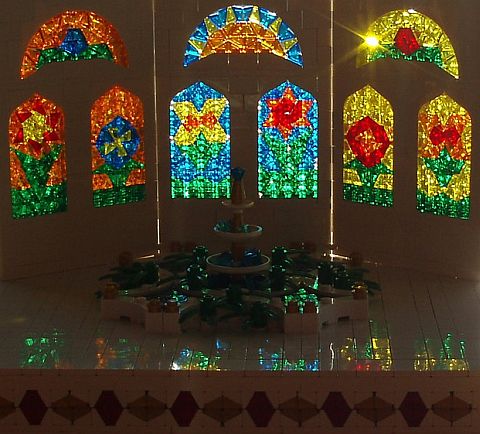
Another intriguing technique for LEGO mosaic building is stacking trans-clear LEGO plates on a black background. Each level of trans-clear lightens that section a little, since you’re getting farther away from the black background. This creates a really neat black and white picture effect! The LEGO mosaic below by Blake’s Baericks is a good example for this technique.
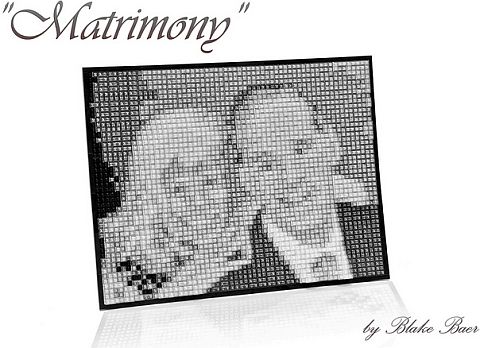
I hope the above examples give you some inspiration to try out LEGO shape and mosaic building. What do you think? Have you ever tried building a LEGO mosaic? Or did stacking LEGO bricks together give you an interesting shape? Are there any techniques you really like in this regard? Feel free to share and discuss in the comment section below! 😉
And you might also want to check out the LEGO Mosaics section for more tips and examples or choose from the following related posts:
- Building with LEGO : Bases & Borders
- Building with LEGO: Beautiful Landscaping
- Building with LEGO: Customize Your Minifigs
- Building with LEGO: Buildings & Vehicles
- Building with LEGO: Picture Perfect Scenes
- Building with LEGO: Micro-Scale Building
- Resources for LEGO Mosaic Builders
- LEGO Mosaics & Stained-Glass – Introduction
- Gallery – LEGO Mosaics & Stained Glass
- Brick-Bending – Making LEGO Circles & More












These are spectacular indeed, and you need a true vision to create such wonderful dare I say call it art ? I think so.
Steven, yeah, LEGO mosaics are some of the closest to real art. Nicely put! 🙂
It reminds me of the book “BEAUTIFUL LEGO” by Mike Doyle. It is art.
Yeah, I was just flipping throught that book! It is right here on my desk. I will try to do a review on it sometimes soon. Mike Doyle LEGO art is incredible, and he also has good eyes picking out the best from others.
I always like to see LEGO as art. So many people think of it as “blocks” or “bricks”, but not many see it as an acceptable artform.
I agree.
I liked the second and second to last one the best
meep…. ok now I feel a bit short on building skillz =P
like an ant…..